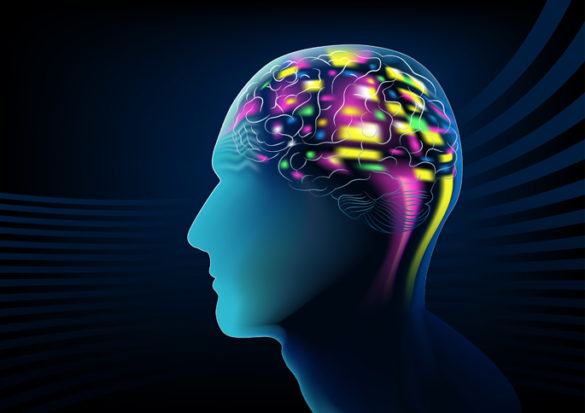Forty years since its discovery, much remains to be discovered about an enzyme called CaMKII that plays a key role in shaping learning and memory in the brain.
Now Roger Colbran, PhD, graduate student Tyler Perfitt and colleagues report in the Journal of Neuroscience the discovery of a novel interaction between CaMKII and a protein called Shank3.
Shank3 organizes other proteins at synapses that are important for learning and memory. Mutations in the Shank3 gene have been linked to autism and schizophrenia. Recent studies also have identified CaMKII mutations in individuals with autism and intellectual disability.
Perfitt found that CaMKII activation stimulates its binding to Shank3 and other associated proteins. The CaMKII-Shank3 interaction, in turn, is essential for the initiation of long-range calcium channel signaling to regulate gene expression important in synaptic plasticity, brain development and behavior.
These findings provide new insights into the molecular mechanisms underlying normal CaMKII function and how they may go awry in neuropsychiatric disorders, the researchers conclude.
This research was supported by the National Institutes of Health (grants DK007563, MH065215, HD061543, DK067392, DK115620, MH063232, NS078291) and by the American Heart Association.















